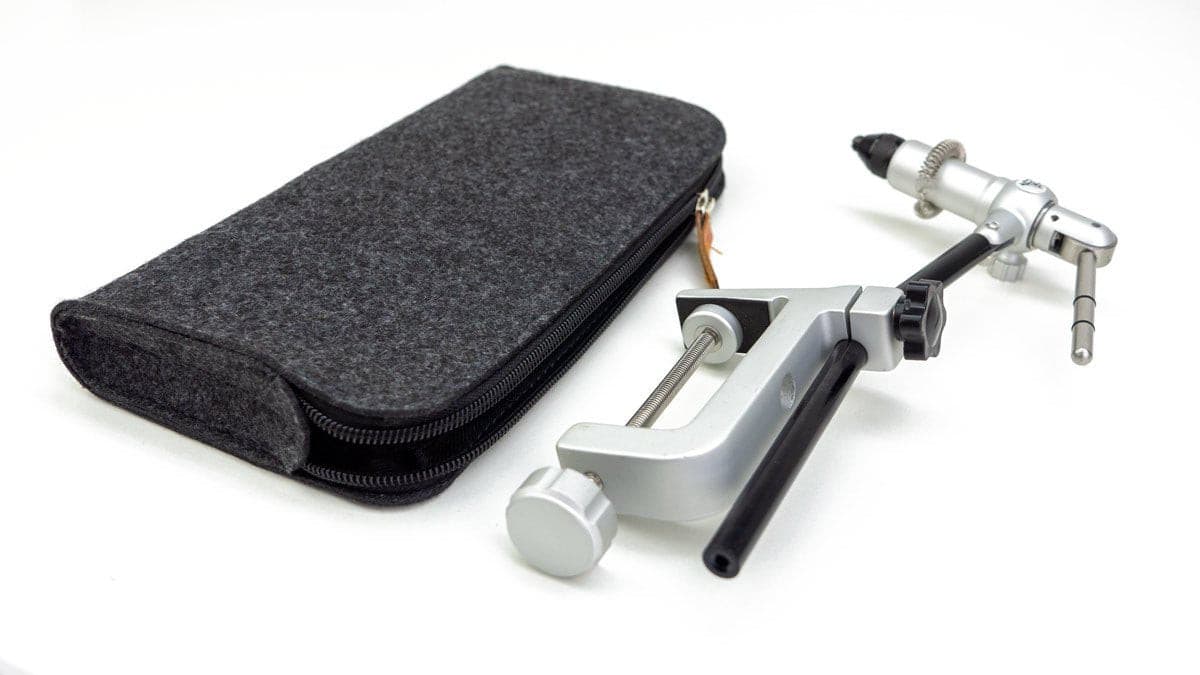Fly Fishing Emergers
After decades of thinking about trout as cunning and fussy critters with eating disorders, my fly tying programme finally got traction with the ‘trigger’ concept. Behavioural science terms like ‘behavioural releaser’, ‘supernormal stimulus’, ‘optimal foraging strategy’ and ‘fixed action pattern’ entered my angling vocabulary. Everything just sort of came together and for the first time in my angling life started to make sense.
Where we get to with this behavioural business is the rather revolutionary idea that trout are, in fact, not cunning and fussy at all. But they are efficient. The simplest, and therefore probably the correct, explanation for why emergers usually work better than dry dun patterns is simply that trout quickly key onto the prey that is most abundant, most visible, and easiest to catch.

Wyatt's DHE - Deer Hair Emerger, simple but deadly.
Repeated encounters with a specific prey item allows the trout to form its ‘searching image’. Things that fit the trout’s searching image, more or less, almost always get a look. The natural emerger struggling at the surface, with part of its body and shuck penetrating the surface film, is spotted sooner and at longer range than the dun or spinner.
A semi-sunk fly projects more visible stimulus than a high and dry pattern, so it makes a lot of sense to use a design that penetrates the surface film as a ‘searching pattern’, rather than the high-riding flies usually recommended for this job like the Royal Wulff, Humpy or Elk Hair Caddis. For me, the old dry hackle jobs have been moved well down the bench, even for fast broken water.
Unlike a high floating dry pattern, the trout notices a fly like a semi-sunk Klinkhamer Special or my own pet emerger, the DHE, from a greater distance and locks onto it. These flies share the strong triggers of a nymph and the hi visibility of a dry fly. The trout completes its behavioural response to a potential prey item by eating it. To a trout, charged up and in feeding mode, the fact that the fly doesn’t look exactly like the other bugs on the water is outweighed by its built-in behavioural releasers.

The SHE - Snowshoe Hare Emerger. Floats like a cork and stands out like dogs balls.
These days there are plenty of good surface film patterns that present strong ‘behavioural releasers’. Some like the Stimulator might have taken their names from behavioural science. Tying your own flies means you can experiment with your own trigger designs. It’s a real charge when a fly of your own design works. A willingness to go beyond convention, shift the emphasis from colour and superficial detail to silhouette, shape and posture in the surface film, and it’s a whole new ball game. Adventurous tiers have wandered well outside the conventional box and have come up with sensational bugs that really catch fish. Some have a passing resemblance to a natural insect of some sort, but others are just kick-ass trigger flies.
My own surface film patterns are pretty simple affairs, and I like to keep them vaguely naturalistic in terms of size and shape. I regard these flies as operating within a ‘broad bandwidth’. The materials I like are mostly natural hare, deer hair and snowshoe hare foot fur. Not out of economy or conservatism but a kind of expedience mixed with laziness. With these few materials, if I get the size in the ball park, I have yet to find myself in a situation where I felt my flies weren’t up to the job.
-Bob Wyatt (2012)





































